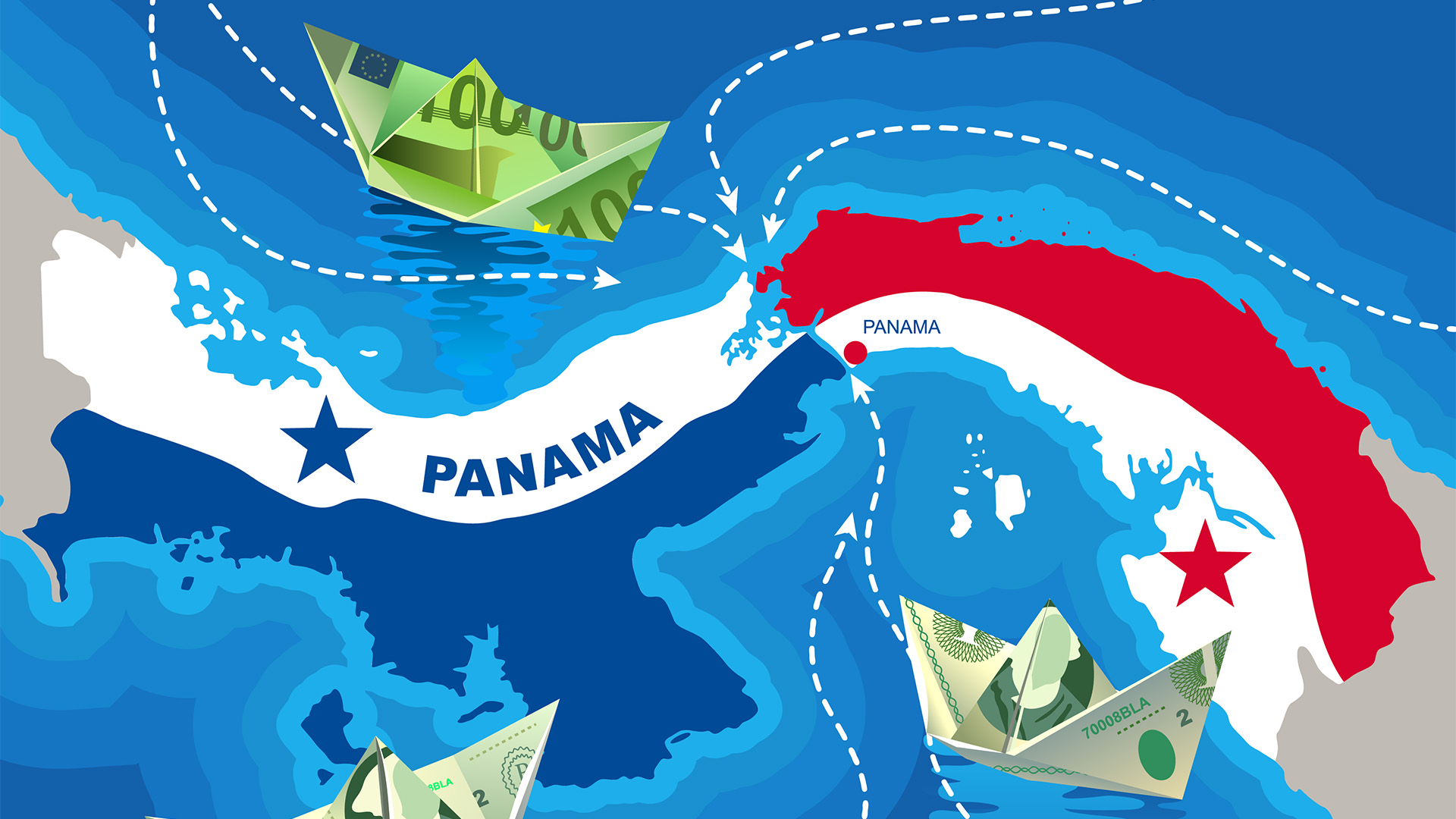The Panama Canal, which connects the Atlantic Ocean with the Pacific Ocean and divides North and South America, is grappling with an unprecedented traffic jam as the number of vessels waiting to cross has surged to a staggering 154. The congestion has been triggered by ongoing drought conditions that have plagued the major shipping gateway since the spring, prompting authorities to take drastic measures to manage the situation.
The Panama Canal, a pivotal trade link for U.S. shippers heading to Gulf and East Coast ports, is currently facing its most significant challenge in recent history. The United States stands as the largest user of the Panama Canal, with approximately 73% of Panama Canal traffic attributed to total U.S. commodity export and import containers. A considerable 40% of all U.S. container traffic travels through the canal annually, accounting for a colossal $270 billion in cargo.
The mounting pileup of vessels can be traced back to water conservation measures enforced by the Panama Canal Authority (PCA) in late July due to the severe drought conditions. In an effort to alleviate the congestion, the PCA has temporarily decreased the availability of booking slots for Panamax vessels, the largest vessels that can navigate the canal. These ships, capable of carrying up to 4,500 twenty-foot equivalent units (TEUs), have witnessed a reduction in pre-booking slots from 23 to 14 daily, from August 8 to August 21.
The recent cutback in booking slots follows a previous reduction in the number of vessels allowed to traverse the canal daily. Since July 30, 2023, the daily transit capacity of the Panama Canal has averaged 32 vessels per day, a drop from the earlier range of 34 to 36 daily transits. This change has resulted in ships lacking reservations being forced to wait in line, exacerbating the already critical congestion issue. According to the Panama Canal Authority, approximately 38% of the waiting ships have reservations, while the remaining 62% must wait for vessels with reservations to proceed.
To address the situation, a temporary measure has been implemented, allowing five ships daily to pass through the Panamax locks based on a first-come, first-served basis. Although this measure was devised to alleviate waiting times, a significant backlog persists.
The PCA has acknowledged that a situation akin to the current backlog last occurred in 2022, when global shipping was grappling with delays stemming from the pandemic and geopolitical tensions between Ukraine and Russia.
Additional restrictions related to lower water levels, introduced by the PCA in July, mandate vessels to reduce their weight by 40%. This requirement has affected ships that were already in transit when the restrictions came into effect. Notably, the Ever Max had to offload 1,400 containers at the Port of Balboa to meet these stipulations and gain passage. Presently, the vessel remains anchored at the Port of Savannah.
Captain Adil Ashiq, head of North America for MarineTraffic, warned that the situation may worsen before improving, particularly for containers that were left behind, potentially necessitating the use of another vessel to complete the journey.
A single canal lock consumes a staggering 50 million gallons of water each time a vessel navigates the canal. However, the current drought conditions have led to Gatun Lake, the primary water source for the canal, experiencing its lowest water levels in four years.
Ricaurte Vásquez Morales, administrator of the Panama Canal, emphasised the canal's commitment to transparent communication with customers amidst the changing circumstances. Vásquez Morales stated, "Through regular updates, transparent dialogue, and close collaboration with shipping lines and stakeholders, we strive to manage expectations and provide real-time information that enables our customers to make informed decisions."
The prolonged wait times for canal transit or the alternative route choices made by ocean carriers have significant implications. These include increased time and fuel costs for the journey, augmented freight expenses for shippers utilising multiple vessels, and prolonged lead times for securing bookings. Ultimately, these costs may cascade down to businesses and consumers, potentially influencing prices.
Recent data from supply chain intelligence firm Descartes underscores the continued preference of U.S. shippers for East Coast ports. The top five West Coast ports experienced a decline of 4.1% in July, while the leading East and Gulf Coast ports witnessed a 4.1% increase during the same period.
Stephen Lamar, president, and CEO of the American Apparel & Footwear Association, expressed concern about the potential strain on supply chains, cautioning that surcharges and vessel restrictions could translate into higher clothing and shoe prices for U.S. consumers during the holiday season.
Alan Baer, CEO of logistics company OL USA, suggested that shippers may need to explore alternative routes due to the increasing challenges in reaching the U.S. East Coast via the Panama Canal. Baer proposed that vessels transiting the Suez could become a viable solution for freight originating in the ASEAN region and certain parts of Southern China. However, he pointed out that this alternative might lead to an additional transit time of seven to 14 days for Northern China and North Asia.
As the Panama Canal grapples with this unprecedented congestion, global shipping and trade stakeholders are closely monitoring developments and considering strategies to mitigate the impact on supply chains and consumers.














